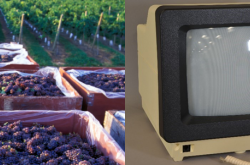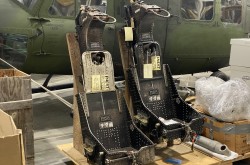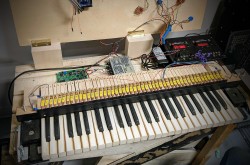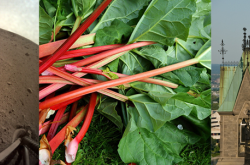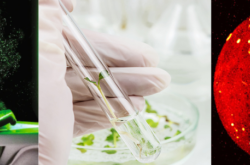New Gecko Gripper can be used in manufacturing and medicine
This article was originally written and submitted as part of a Canada 150 Project, the Innovation Storybook, to crowdsource stories of Canadian innovation with partners across Canada. The content has since been migrated to Ingenium’s Channel, a digital hub featuring curated content related to science, technology and innovation.
University of Waterloo engineers used the gecko for inspiration when inventing a device with potential applications in fields including advanced manufacturing and medicine. More than 10 years after he began studying geckos - small lizards known for their unique climbing abilities - professor of chemical engineering Boxin Zhao and three colleagues recently developed what they call a Gecko Gripper to pick up, move and put down objects.
They are now working to commercialize their technology, which is especially well-suited to handling delicate materials - such as silicon wafers used in electronic devices - that require a gentle touch.
“We are linking science to manufacturing through engineering,” says Zhao. “There is huge potential for this.”
Common in warm climates throughout the world, geckos have sophisticated pads on their toes that are comprised of flexible ridges topped by hair-like structures, which have at their ends even tinier, nanoscale hair-like structures. The net result is tremendous molecular force. The gecko’s trick - discovered with Zhao’s help through his work with slow-motion images - is that it can bend its toes backwards – as if “double-jointed” – thereby creating a peeling motion.
Working with graduate students at his Surface Science and Bio-nanomaterials Laboratory about five years ago, Zhao developed a rubber structure, complete with hair-like features, that mimics the design of a gecko toe pad and its tremendous adhesion. The next challenge was replicating the peeling effect to release an object once it has been picked up. After two years of work, his four-member research team recently had its solution, the Gecko Gripper, published in the journal Advanced Materials.
Shaped like a small wheel, the smart device has eight legs or spokes shooting out from a central hub. On the end of each spoke is a rubber gripper, inspired by a gecko toe pad, to pick objects up.
The breakthrough is that the spokes are made of a special polymer – a liquid crystal network and elastomer – that changes shape, bending backwards like a gecko toe, when it is heated. When cooled after its gripper has released an object using the self-peeling mechanism, each spoke then returns to its original shape.
The brainchild of Hamed Shahsavan, a PhD student supervised by Zhao, in collaboration with professor Antal Jakli and student Seyyed Muhammad Salili of Kent State University in Ohio, this heating-cooling innovation has been successfully used with machines in Zhao’s lab to “pick and place” silicon wafers up to 15 centimetres in diameter.










